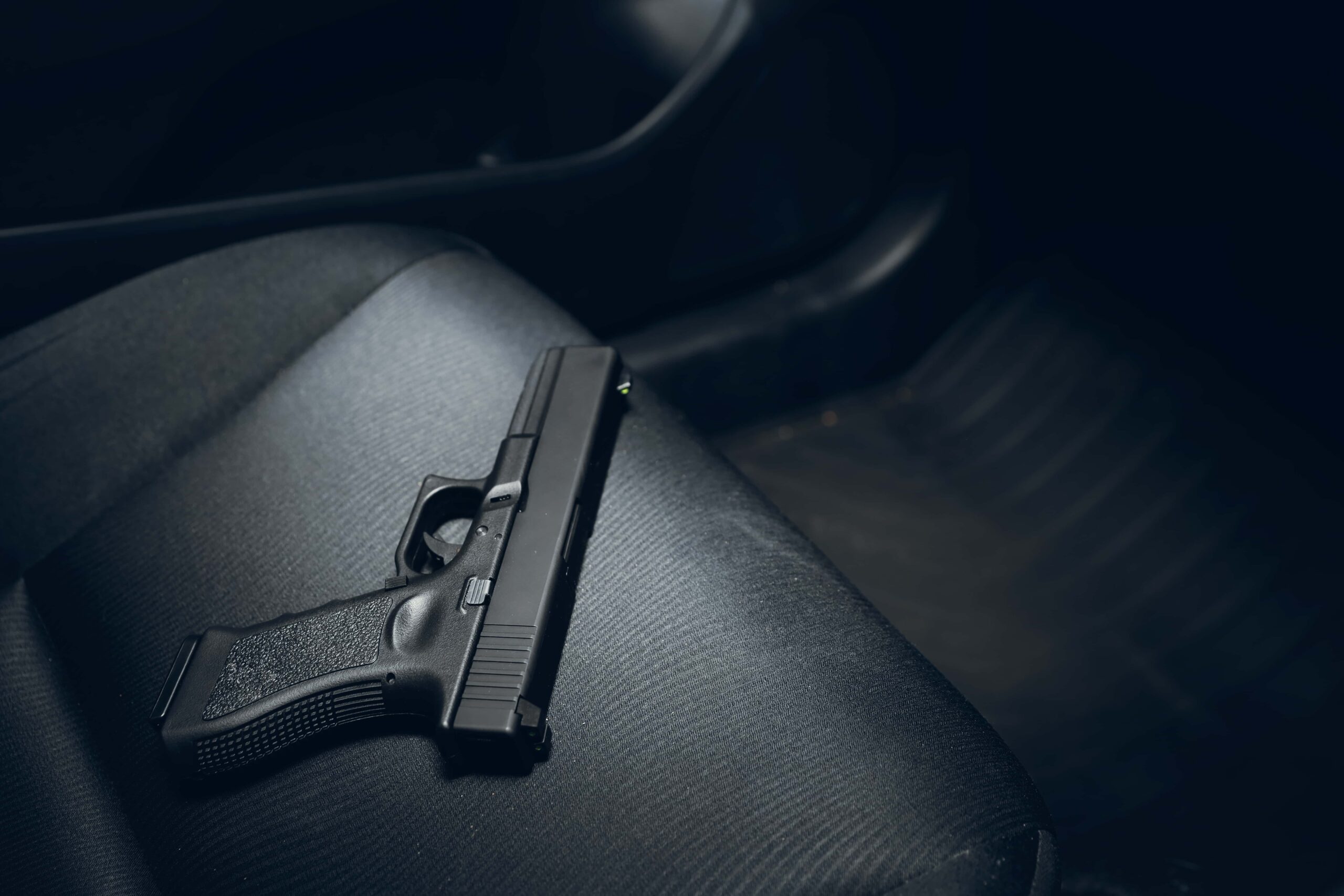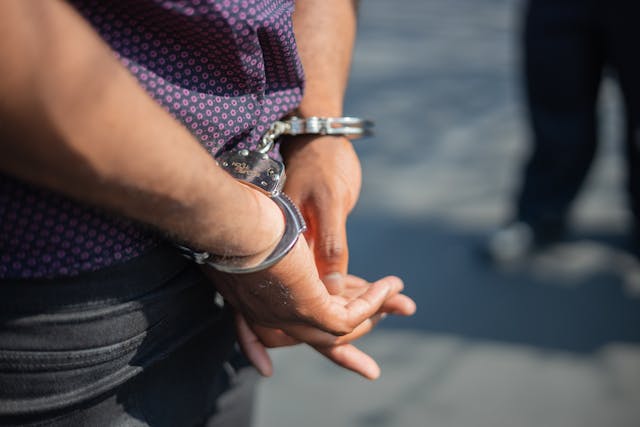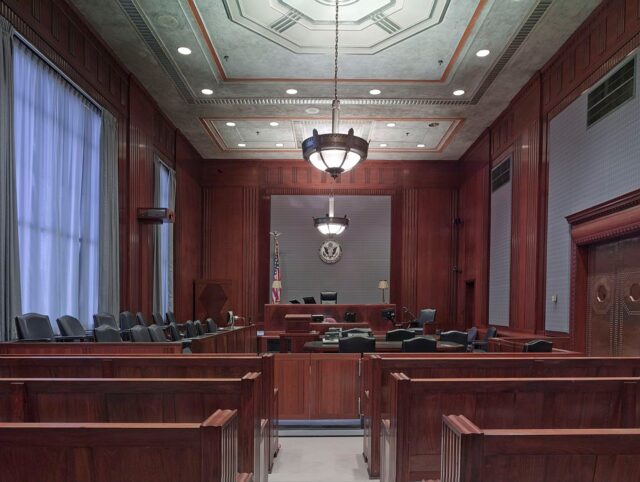Weapons charges on Long Island can lead to serious consequences, and it’s important to understand the law to build a strong defense. These cases aren’t just about physically having a weapon. You can still face possession charges if the weapon is found in a place you control, even if it’s not in your hands. Prosecutors can also charge you if you helped someone else with a weapon, even if you never held it yourself. At The R.M.L. Law Firm, PLLC, our Nassau County criminal defense lawyers understand how stressful these charges can be. We know how to handle these cases and will fight to protect your rights. Contact a skilled weapons and gun charges lawyer today.
Understanding New York Weapons and Firearms Charges
New York enforces some of the strictest gun laws in the country, outlined in Article 265. Charges related to weapons possession and use are categorized based on the type of weapon, circumstances of possession, and intent. Below is an easy-to-understand breakdown of the most common weapons charges and what they could mean for you:
Criminal Possession of a Weapon in the Fourth Degree: Penal Law section 265.01
This charge applies when someone knowingly has any of the following:
- A working firearm (like a pistol or revolver)
- Dangerous knives (like switchblades, daggers, or shurikens)
- Weapons like a stun gun, cane sword, or metal knuckles
- Fake firearms or items meant to be used as weapons
This is a Class A Misdemeanor, which can lead to:
- Up to 1 year in jail
- 3 years probation
- A $1,000 fine
Criminal Possession of a Weapon in the Third Degree: Penal Law section 265.02
This charge applies when someone has:
- Explosives or machine guns
- A defaced firearm or gun meant to hide its identity
- 3 or more working firearms
- A gun outside their home or business with a prior serious conviction
This is a Class D Violent Felony, punishable by:
- Up to 7 years in prison
- 5 years probation
- A $5,000 fine
Criminal Possession of a Weapon in the Second Degree: Penal Law section 265.03
This charge occurs if someone has:
- A machine gun or loaded firearm with the intent to use it illegally
- 5 or more working firearms
- A loaded firearm outside their home or business
- A loaded firearm inside their home or business with a criminal record
This is a Class C Violent Felony, punishable by:
- Up to 15 years in prison
- 5 years post-release supervision
- A $5,000 fine
Criminal Possession of a Weapon in the First Degree: Penal Law section 265.04
This charge applies if someone has:
- 10 or more working firearms
- Explosives meant to harm others or damage property
This is a Class B Violent Felony, punishable by:
- Up to 25 years in prison
- 5 years post-release supervision
- A $5,000 fine
Criminal Possession of a Firearm: Penal Law section 265.01-b
This charge occurs when someone has a working firearm, or an unregistered one if they legally owned it before March 16, 2013.
This is a Class E Felony, punishable by:
- Up to 4 years in prison
- 5 years probation
- A $5,000 fine
Criminal Possession of a Weapon on School Grounds: Penal Law section 265.01-a
Carrying a working firearm, rifle, or shotgun on school property (including school buses) without permission can lead to criminal charges.
This is a Class E Felony, punishable by:
- Up to 4 years in prison
- 5 years probation
- A $5,000 fine
Aggravated Criminal Possession of a Weapon: Penal Law section 265.19
This charge is for someone who has a loaded firearm while committing a violent or drug-related felony.
This is a Class C Violent Felony, punishable by:
- Up to 15 years in prison
- 5 years post-release supervision
- A $5,000 fine
Criminal Use of a Firearm in the Second Degree: Penal Law section 265.08
This charge is for someone who commits a class C violent felony offense and knowingly possesses a deadly weapon.
A deadly weapon includes:
- A loaded firearm
- A switchblade, knife, or metal knuckles
This is a Class C Violent Felony, punishable by:
- Up to 15 years in prison
- 5 years post-release supervision
- A $5,000 fine
Criminal Use of a Firearm in the First Degree: Penal Law section 265.09
This charge occurs if someone commits a class B violent felony offense and displays a firearm or something that looks like one, even if it’s not real.
This is a Class B Violent Felony, punishable by:
- Up to 25 years in prison
- 5 years post-release supervision
- A $5,000 fine
These weapons charges come with serious penalties, so it’s important to understand what’s involved if you are facing such charges.
What Is Constructive Possession of Weapons?
Possession doesn’t always mean the weapon was physically in your hands. Prosecutors can charge you with weapon possession even if you weren’t holding it directly. Constructive possession happens when:
- You have control over the area where the weapon is located.
- The prosecution can show, through circumstantial evidence, that you had authority over the weapon or the place where it was found.
Example: If police discover a loaded firearm in the glove compartment of a car you’re driving, prosecutors may argue that you constructively possessed it by controlling the vehicle and its contents.
Legal Precedents:
- People v. Torres, 68 N.Y.2d 677 (1986): Constructive possession can be proven without direct physical possession.
- People v. Skyles, 266 A.D.2d 321 (2d Dept. 1999): Circumstantial evidence may establish control over the area where the weapon was found.
What is Acting-in-Concert Theory and How Does it Apply to Gun and Weapon Cases?
You can also face charges for possession if you knowingly aid or participate in the crime while another individual—the principal actor—physically or constructively possesses the weapon.
Example: In a group scenario, if a co-defendant in your car has a firearm and you are found to have assisted them in concealing it, you may face the same charges as the co-defendant under an acting-in-concert theory.
Legal Precedents:
- People v. Daddona, 81 N.Y.2d 990 (1993): A defendant may be guilty through another’s possession when acting-in-concert is proven.
- People v. Santiago, 199 A.D.2d 290 (2d Dept. 1993): Collaborating with a principal actor can establish culpability.
The Role of Prior Convictions in Weapon Possession Charges
New York law imposes enhanced penalties for individuals with prior convictions. In People v. Montilla, 10 N.Y.3d 663 (2008), the Court of Appeals clarified that even a guilty plea, before sentencing, can elevate weapon possession to third-degree criminal possession of a weapon under Penal Law § 265.02. This interpretation highlights how prior legal history can amplify the severity of a charge.
Defense Strategies That Work in Possession of Weapons Cases
Defending against weapons charges requires a tailored approach based on the facts of your case. Some effective strategies include:
- Challenging Constructive Possession Claims: Did you truly have control over the weapon or the area where it was found?
- Disputing Acting-in-Concert Allegations: Were you actively involved in aiding another person’s possession?
- Arguing Lack of Intent: Can the prosecution prove you intended to use the weapon unlawfully?
- Filing Suppression Motions: Were your constitutional rights violated during the search or seizure of the weapon?
Why Choose The R.M.L. Law Firm, PLLC for Your Long Island Weapons or Gun Charges Defense?
Attorney Louis’s background as a Long Island prosecutor gives him insight into the DA strategies used against you and how to counter them effectively. He has a deep understanding of the law and with experience in Long Island courts, he knows how to challenge evidence, cross-examine witnesses, and craft a compelling defense strategy.
Whether you’re facing allegations in Nassau County or Suffolk County, Attorney Ramy M. Louis will fight tirelessly to defend your rights. Contact our firm today.




